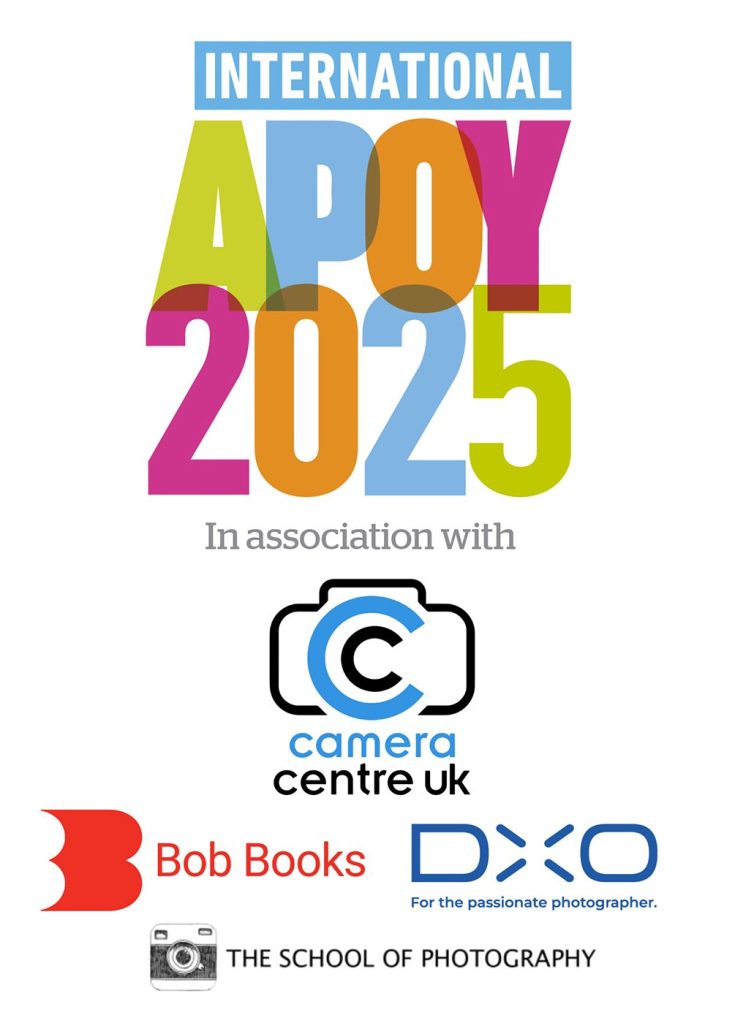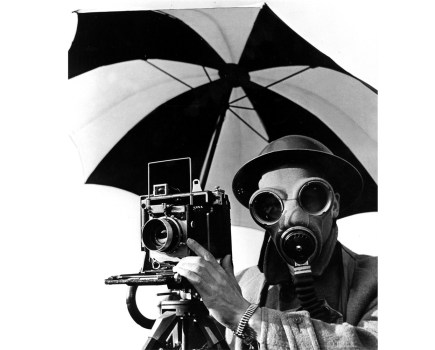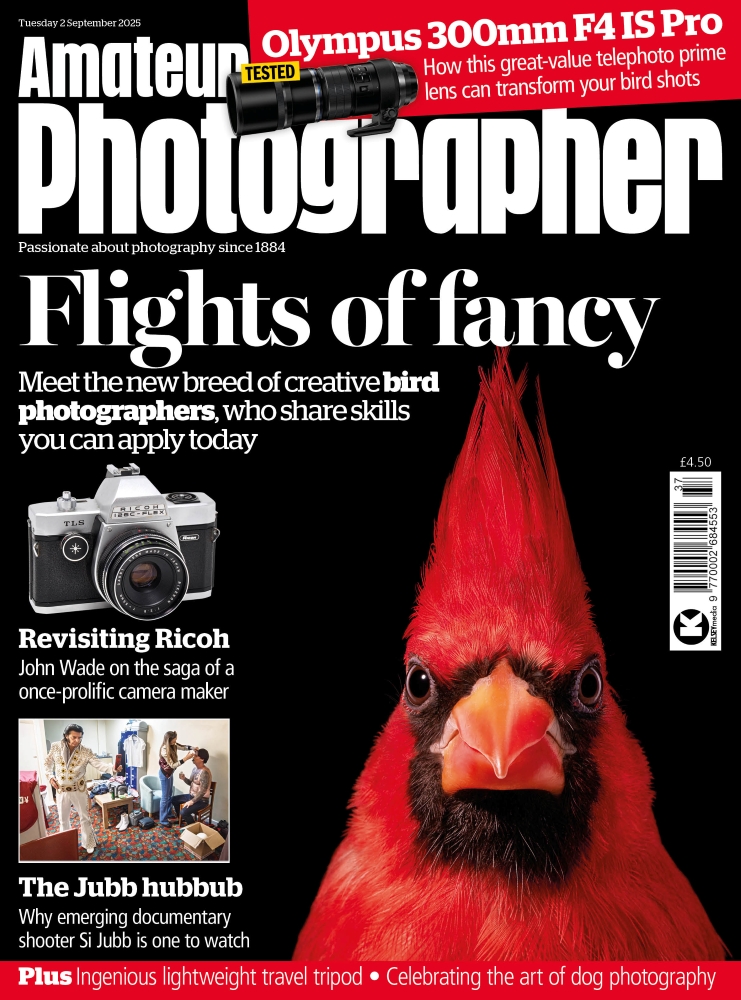The results of the third round of our prestigious International Amateur Photographer of the Year 2025 competition are in! Erika Howard wins the top place in this category with the image ‘Costa Rican glass frog’, a green-on-green composition of a small frog on a leaf. Meanwhile, Ben Hancock-Smith came first place in the Young APOY competition. Here are the top 10 images uploaded to Photocrowd from Round Three, Close-Up and Details, with comments by the AP team and our guest judge
The beauty of macro and close-up photography is its ability to reveal detail to us that would otherwise be hidden, and give us an insight into nature that wouldn’t be possible either with the naked eye or, often, without a macro lens of some sort. It’s a highly contemplative practice, too, requiring patience and time as well as knowledge of the subject and its environment. Of course, macro doesn’t only have to be close-ups of insects on a leaf – it can be a constructed still-life or an inanimate abstract, too. However tiny the subject, it has a story to tell, and we are always full of admiration
for the entrants to this category who are skilled in revealing those tales to us.
APOY 2025, Close-Up & Details winner – Costa Rican glass frog by Erika Howard, UK, 100pts
Canon EOS R5, 100mm macro, 1/160sec at f/13, ISO 400
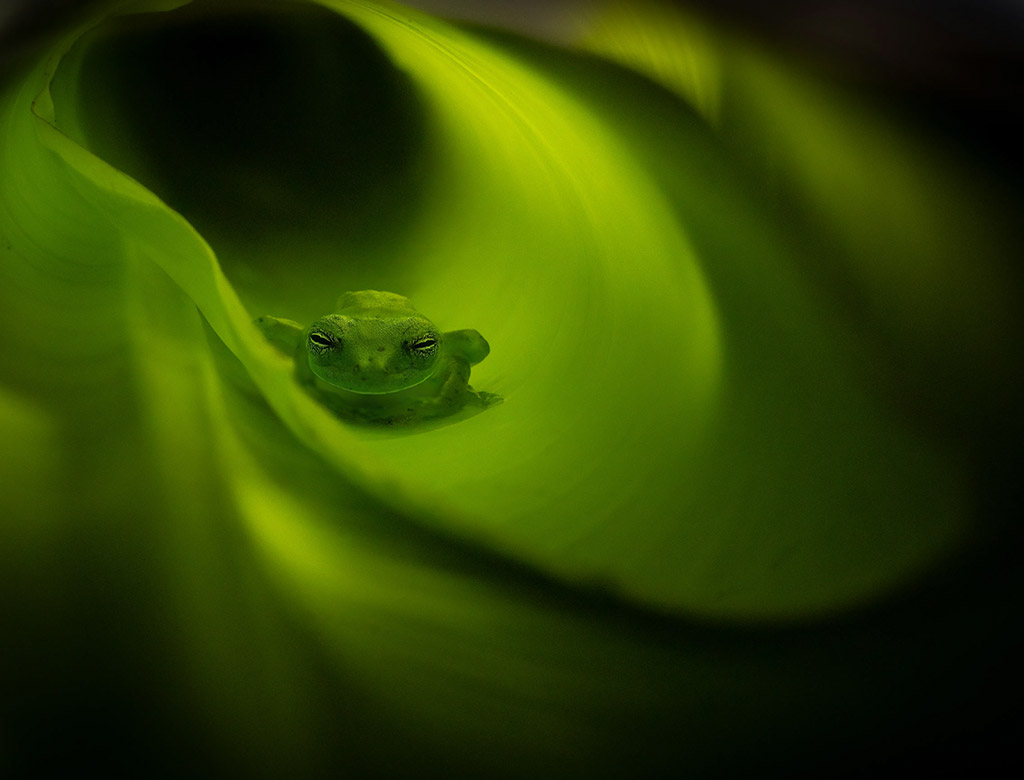
This tiny frog is only 2-3cm in length, and Erika’s image is exactly what a macro shot should be – an insight into a minuscule world. She has managed the green-on-green of the composition beautifully, allowing the edges of the leaf on which the frog is resting to fall away into black, while using its curves to frame the little amphibian. She has also placed it on the thirds when composing, which is exactly right for the subject. We even have what appears to be eye contact, and we can’t ask for much more than that. A picture that demonstrates that even encounters with creatures as small as this can be memorable. Erika also wins 100 points for her camera club, Hampstead Photographic Society.
2. Stemonitis sp by Michele Marini, Italy, 90pts
Olympus E-M1 Mark II, 90mm, 1/10sec at f/6.3, ISO 200
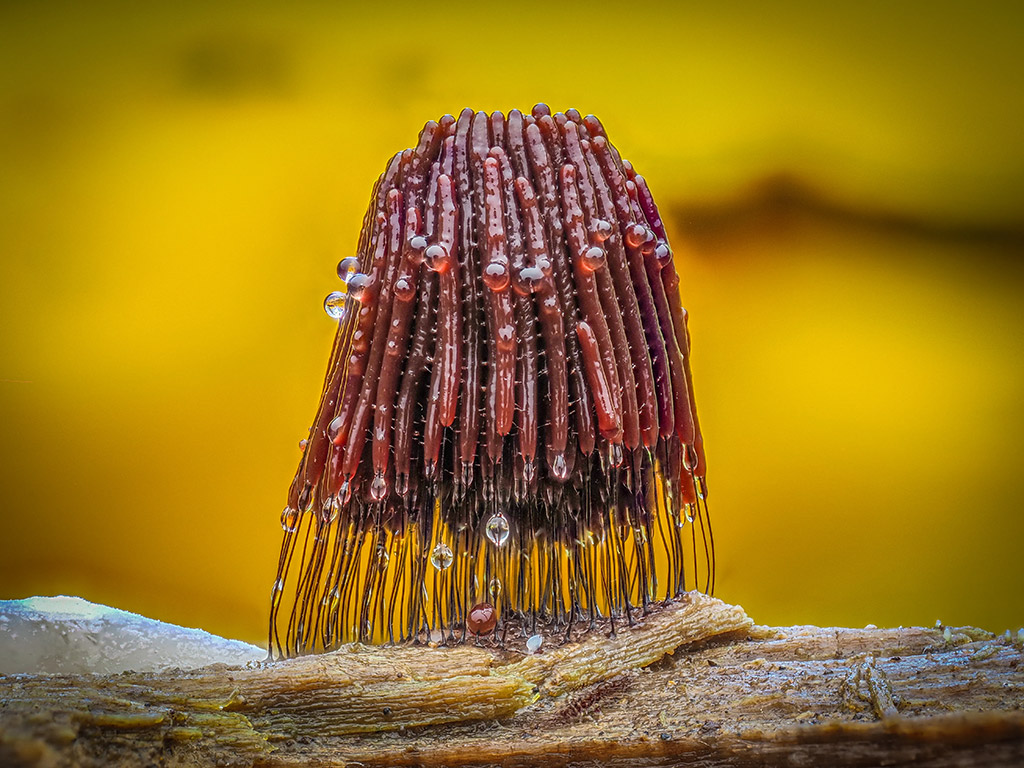
It’s all too easy at times to anthropomorphise a subject, but this slime mould – only a few millimetres tall – looks for all the world like a huddle of people about to scuttle out of frame. The rich gold of the background really makes the red cluster stand out, while the droplets of water add depth and dimension. Thanks to skilful focus stacking, both log and slime mould are perfectly sharp.
3. Slime moulds and reflections by Kamilla Szava-Oberndorfer, Austria, 80pts
Olympus OM-1, 90mm macro, 1/50sec at f/7.1, ISO 250
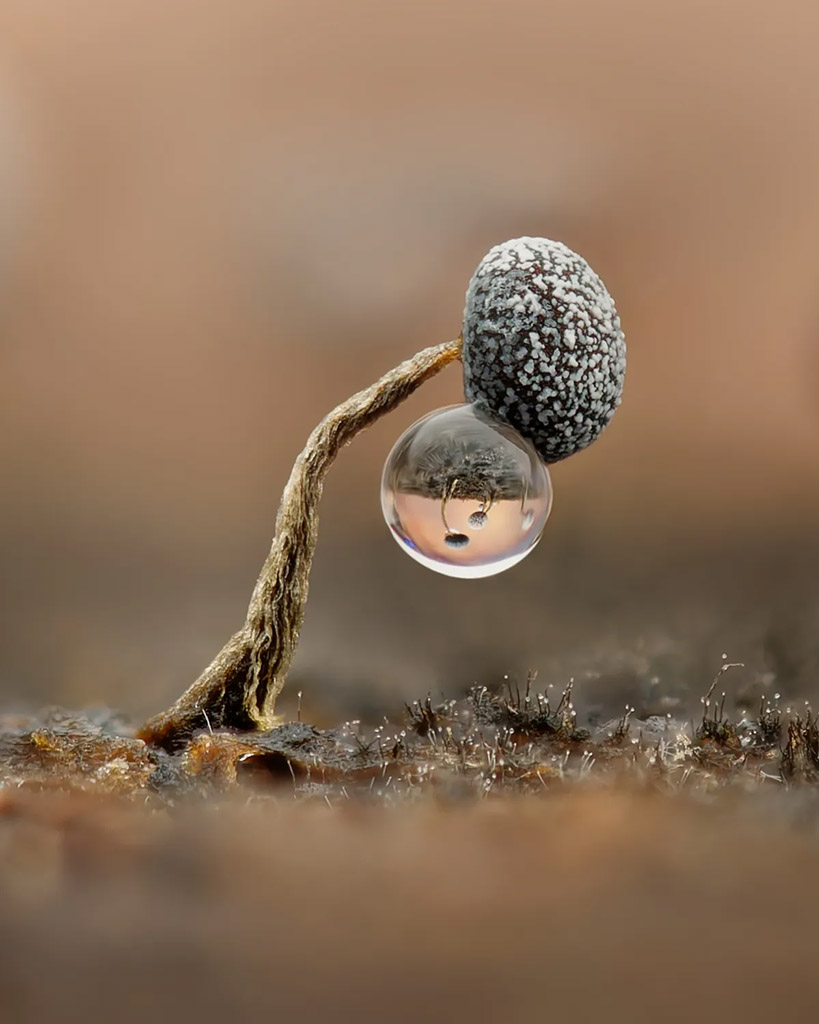
The water droplet in this stunning study gives a wonderful sense of scale. The reflection is immaculately captured and the overall scene is like something out of a Dr Seuss book.
4. Icy world by Henrik Spranz, Austria, 70pts
Canon EOS R5, 135mm, 1/125sec at f/1.8, ISO 100
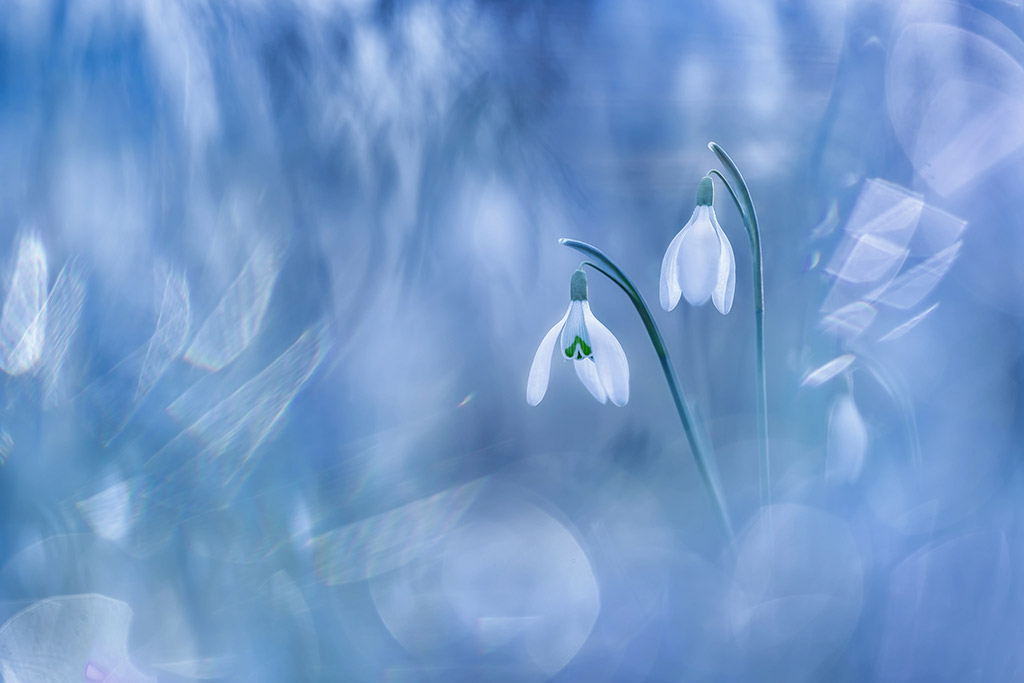
Guest judge Tracy Calder says: ‘It’s hard to capture an atmospheric shot of snowdrops without blowing the highlights or losing the point of interest. Here, however, Henrik has worked hard to avoid these pitfalls. It’s well composed, expertly focused, and the bokeh delivers just the right amount of dreamy magic. Playing with the white balance has worked wonders, adding a cool, blue tone that suits the mood of the picture perfectly.
While most of us are happy to experiment with saturation, contrast etc at the editing stage, few of us bother to play around with white balance, which is a shame. A change in temperature can alter the feel of a picture dramatically. I also like the off-centre position of the flowers – it might have been tempting to shoot in portrait orientation, but the extra space afforded by landscape works well. It’s a great shot that has been well planned and excellently executed.’
5. Fly by Fabio Sartori, Italy, 60pts
Olympus E-M1 Mark II, 45mm, 1/160sec at f/2.8, ISO 1250
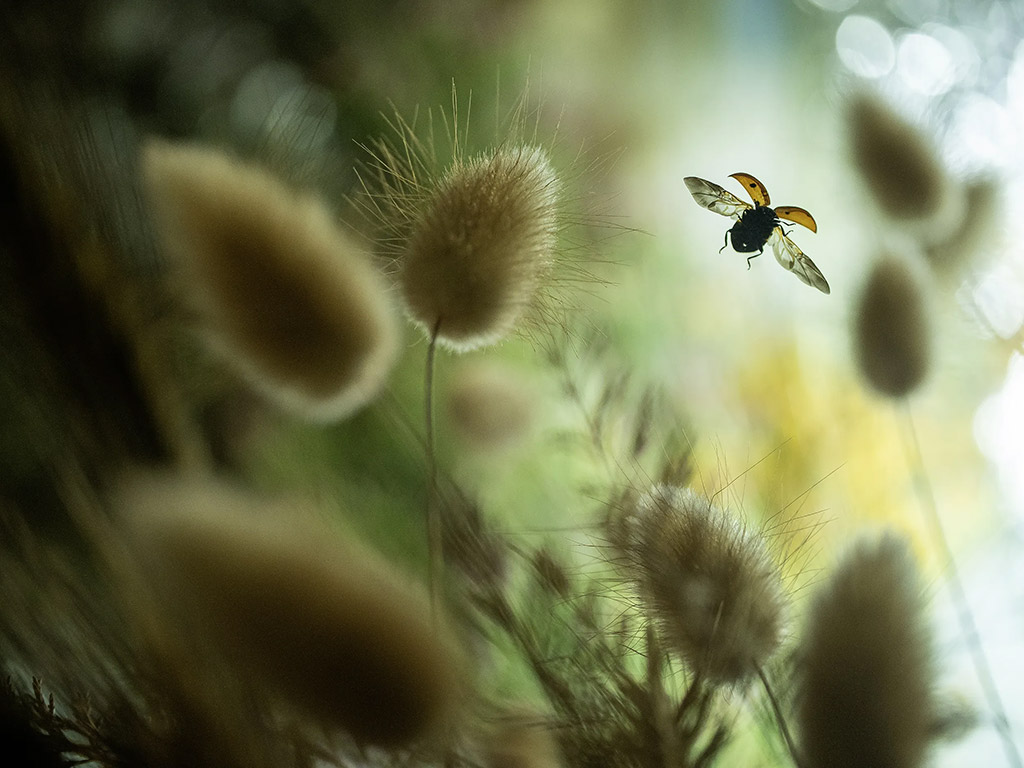
Fabio has set up an almost fairy-tale-like scene here, with the placement of the ladybird in the top third giving it the appearance of flying for freedom. The surrounding grasses bring depth to the composition, with their mixture of in and out-of-focus areas, while the soft green, yellow and beige tones are gentle and pleasing.
6. Leafing through by Lynn Fraser, UK, 50pts
Canon EOS 5D Mark IV, 50mm, 1/2000sec at f/2.8, ISO 100
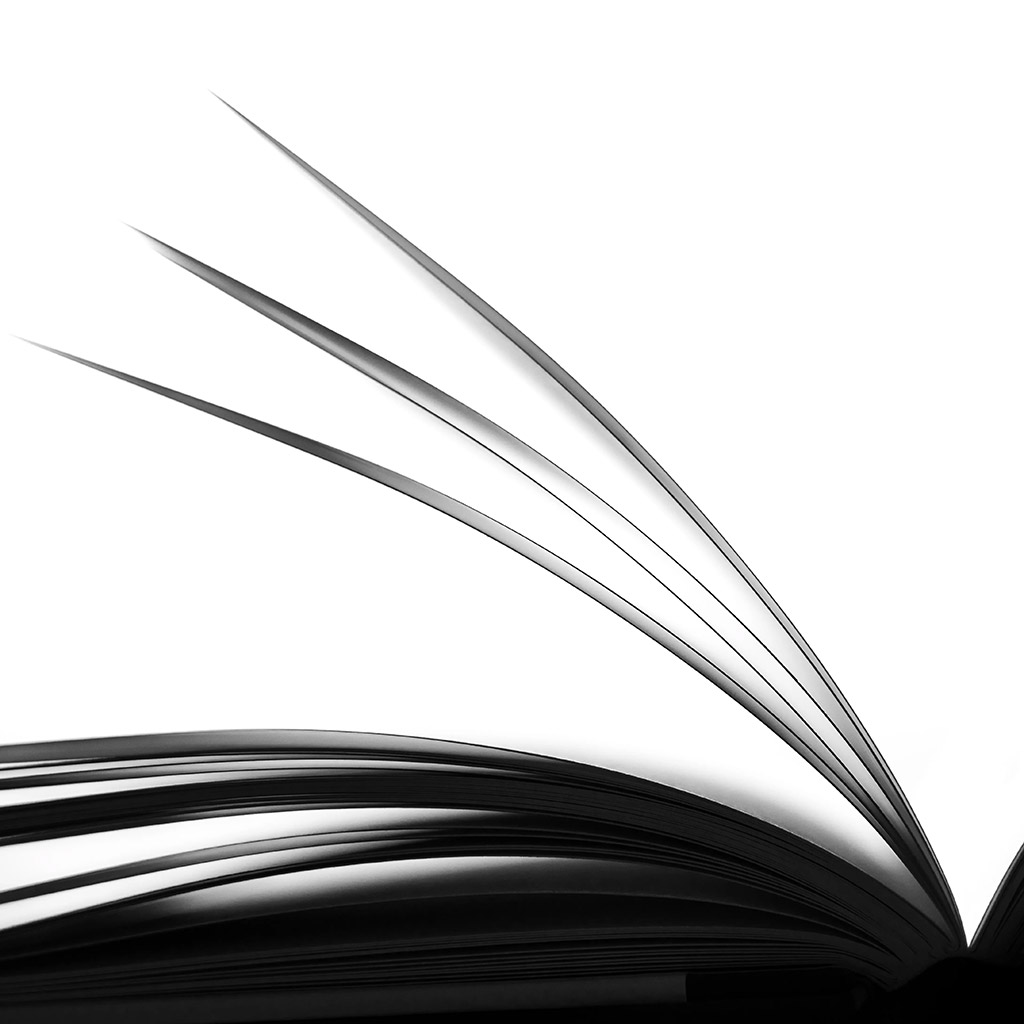
There’s more to macro than close-ups of insects and flowers, and Lynn has demonstrated this extremely well with her still-life of book pages. We loved the high-contrast treatment she has given the semi-abstract image, which is served well by the black & white conversion and square crop.
7. Rainforest mantis on dwarf iris by Angi Wallace, UK, 45pts
Sony A7 Mark III, 90mm macro, 1sec at f/16, ISO 50
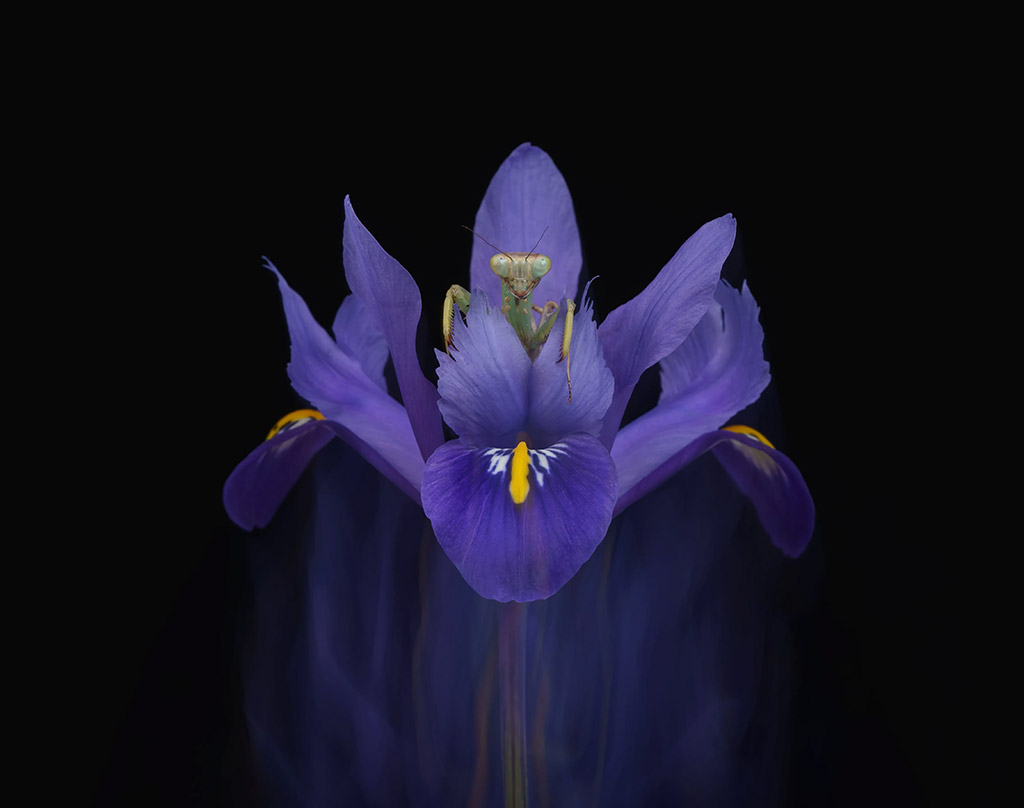
Angi has combined skill, precision and originality in her intentional camera movement (ICM) image. Flash has captured the mantis, then moving
the camera during the one-second exposure has created the smoke-like blur. Her persistence has paid off with a memorable result that stands out not only for the deep purple against the dark background, but also the unexpected appearance of the insect. Her ability to push her creativity within the field of macro photography, and not just settle for a classic shot, is to be applauded.
8. Snail by David Lain, UK, 40pts
Nikon D810, 50mm, 1/320sec at f/16, ISO 64
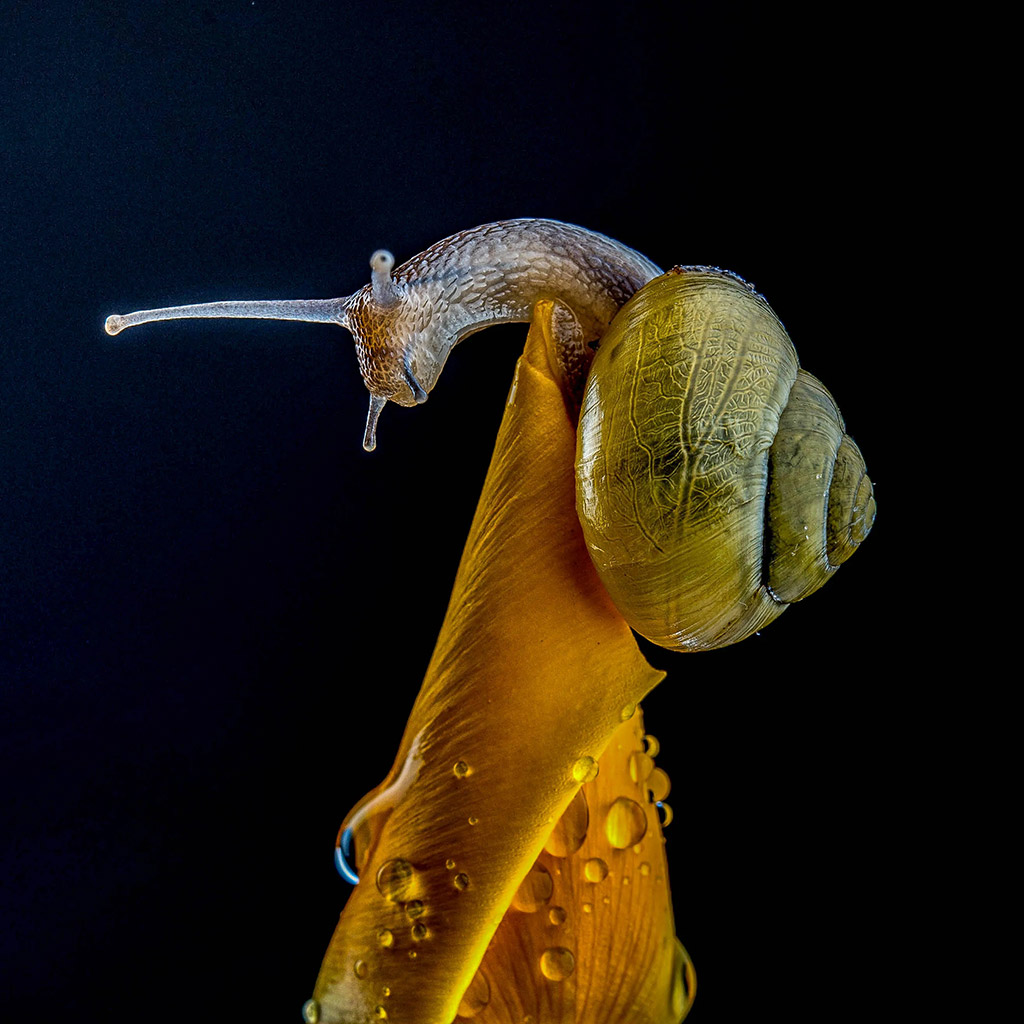
Although this isn’t a ‘natural’ shot of a snail in its environment, David has set it up beautifully, placing the snail at the tip of the flower bud and waiting until it is outstretched before taking the picture. The lighting has allowed David to pick out an extraordinary level of detail in the creature’s shell and body, allowing the viewer to marvel at the tones and textures. Spraying the flower with water droplets is a pleasing finishing touch.
9. Handstand by Andreas Ioannis Karsisiotis, UK, 35pts
Nikon D7100, 100mm, 1/800sec at f/3, ISO 100

A successful wildlife shot – whether macro or not – often relies on getting down to the same level as the creature being photographed, and that’s what Andreas has stayed conscious of here, and to great effect. By keeping his lens parallel with the athletic dragonfly, as it does a handstand on the leaf, he has ensured an impactful image. It would never have succeeded if he had placed himself above the insect. In addition, placing himself so that the insect’s body is against the green backdrop means the vibrant red stands out in the best possible way, making the image appear almost three-dimensional.
10. Fire ant by Annemarie Rulos-van den Berg, Netherlands, 30pts
Canon EOS 5D Mark II, 150mm, 1/125sec at f/11, ISO 250
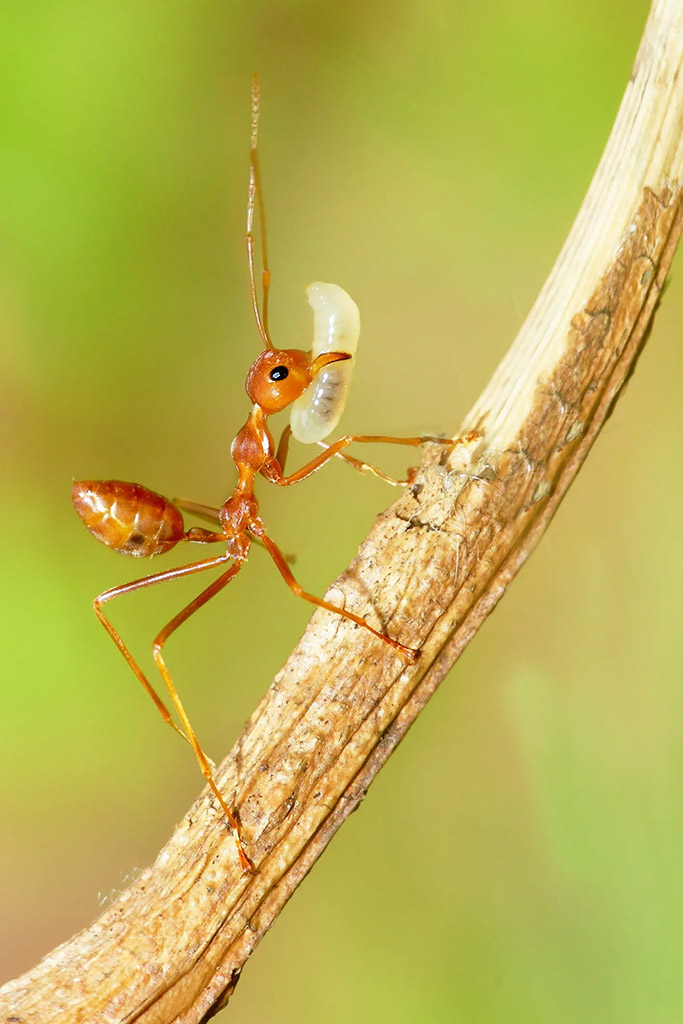
The timing of Annemarie’s photograph of this ant, as it delicately transports a larva, is spot on. Its antennae are fully outstretched, as are its legs, with the separation between them serving to demonstrate its apparent fragility (despite its bite being pretty substantial). Composing on the diagonal, so that the twig bisects the frame and anchors the composition at the same time means that our eye follows the ant’s direction of travel, almost as if we are joining it on its journey.
International Young Amateur Photographer of the Year 2025, Close-Up & Details winner
Preening puffin by Ben Hancock-Smith, UK, 100pts
Nikon Z8, 200-500mm at 500mm, 1/500sec at f/9, ISO 1400

Ben has captured an unusual composition of this lovable bird, which is often portrayed as something of a clown. Here, however, he has provided us with the opportunity to really study the soft texture of the bird’s feathers, the contrast between the black, white and oranges, and appreciate its wonderfully recognisable profile. Focus is spot on, with the puffin’s eye being pin-sharp, and featuring just enough of a highlight that it isn’t lost and rendered flat and featureless. An original treatment of a much-photographed subject is always going to stand out from the crowd, and that’s definitely the case here.
Camera Club competition
Each round, we shine a spotlight on a selection of excellent entries from the many camera clubs that enter APOY
Redhead by Linda Wride, Oxford Photographic Society
Nikon D750, 24-120mm, 1/320sec at f/20, ISO 3200
A beautifully textural study of a Highland cattle. Including part of its horn in the frame is a clever touch.
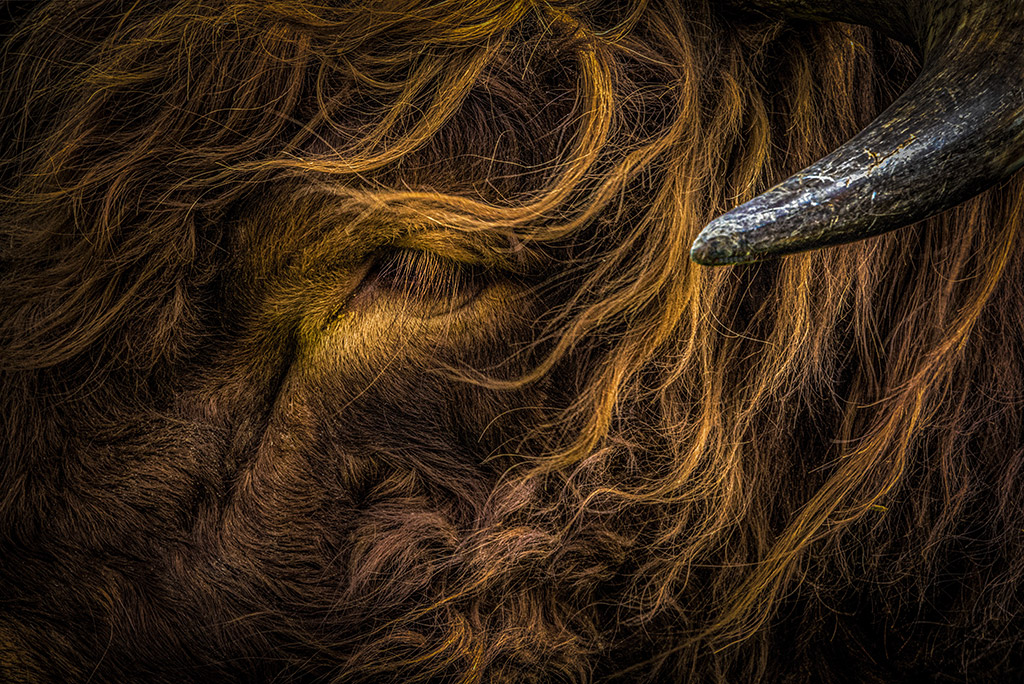
Abstract rain by Rachel Domleo, Bristol Photographic Society
Canon PowerShot G3 X, 40mm, 1/636sec at f/6.3, ISO 125
A stunning abstract that raises more questions than it answers, which shows the power of an original photograph.
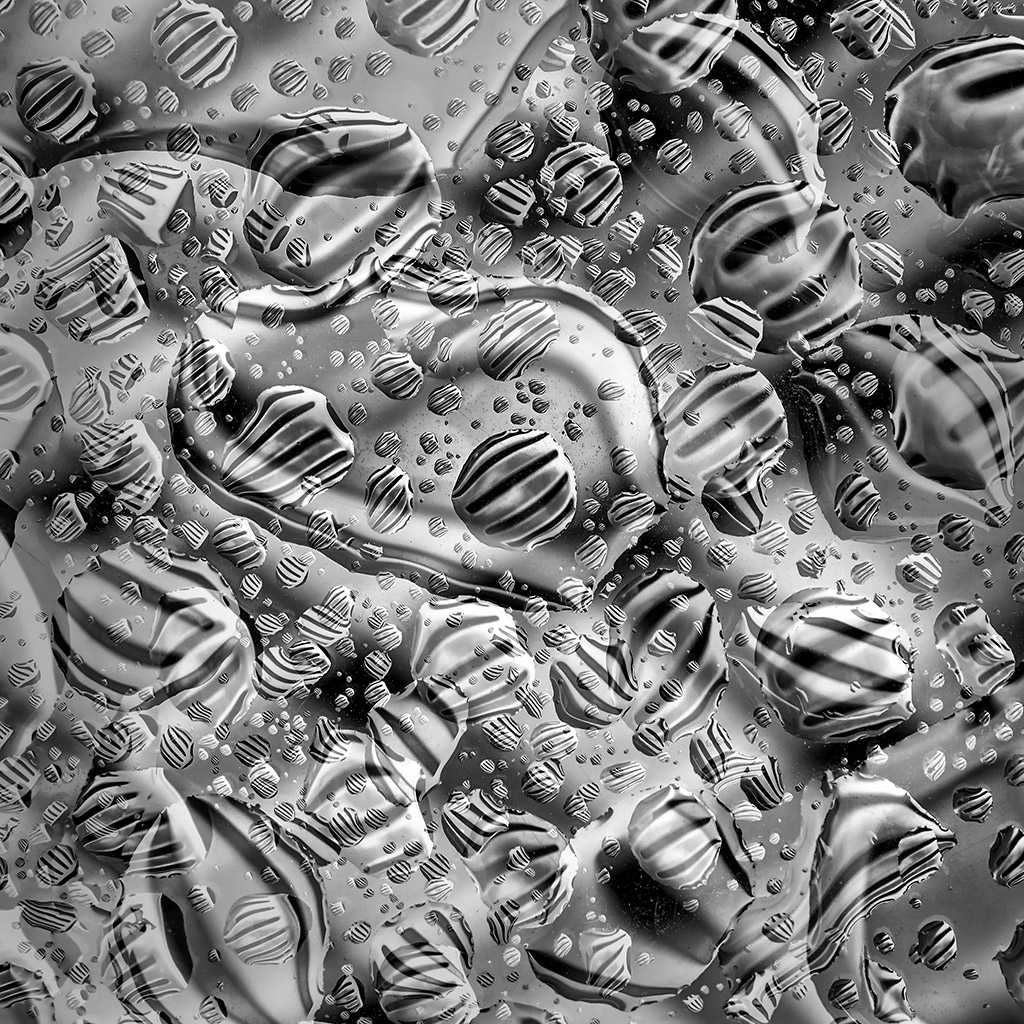
Face in abstract by Colleen Jackson, South Manchester Camera Club
Canon EOS R5 Mark II, 100mm macro, 1/160sec at f/2.8, ISO 100
This blend of two shots of a rusty surface has resulted in an image that almost looks as if it had been taken from space. The contrast of the golds and blues is sumptuous.
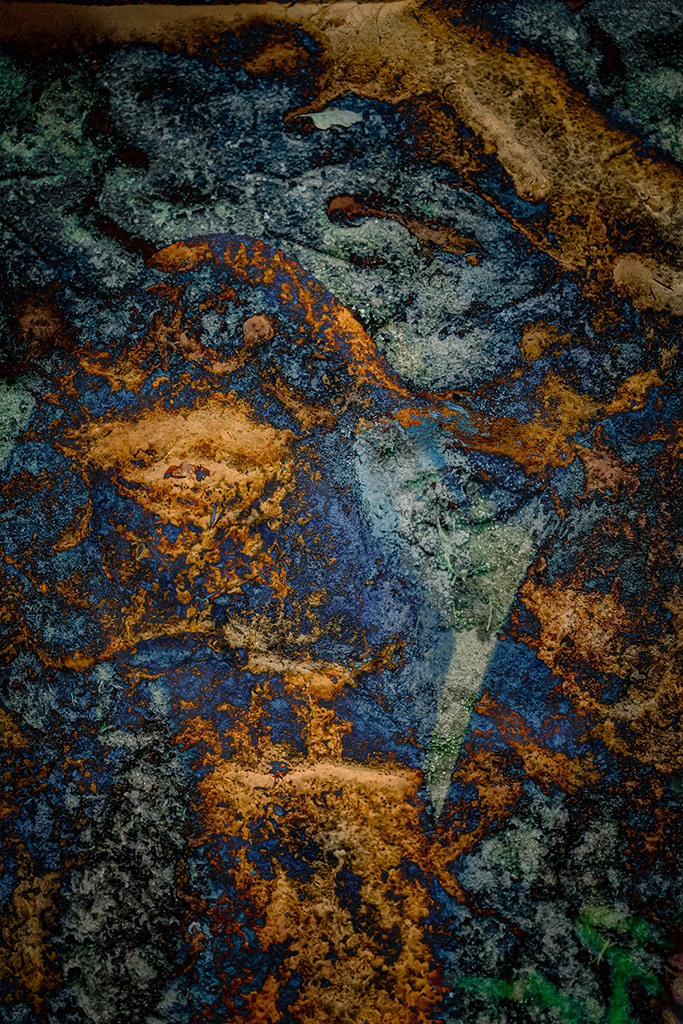
Portrait of a tulip by Marriam Hughes, Littlehampton Camera Club
Canon EOS 750D, 90mm macro, 1/125sec at f/8, ISO 100
The delicate pattern on this tulip’s petals has been beautifully realised here.
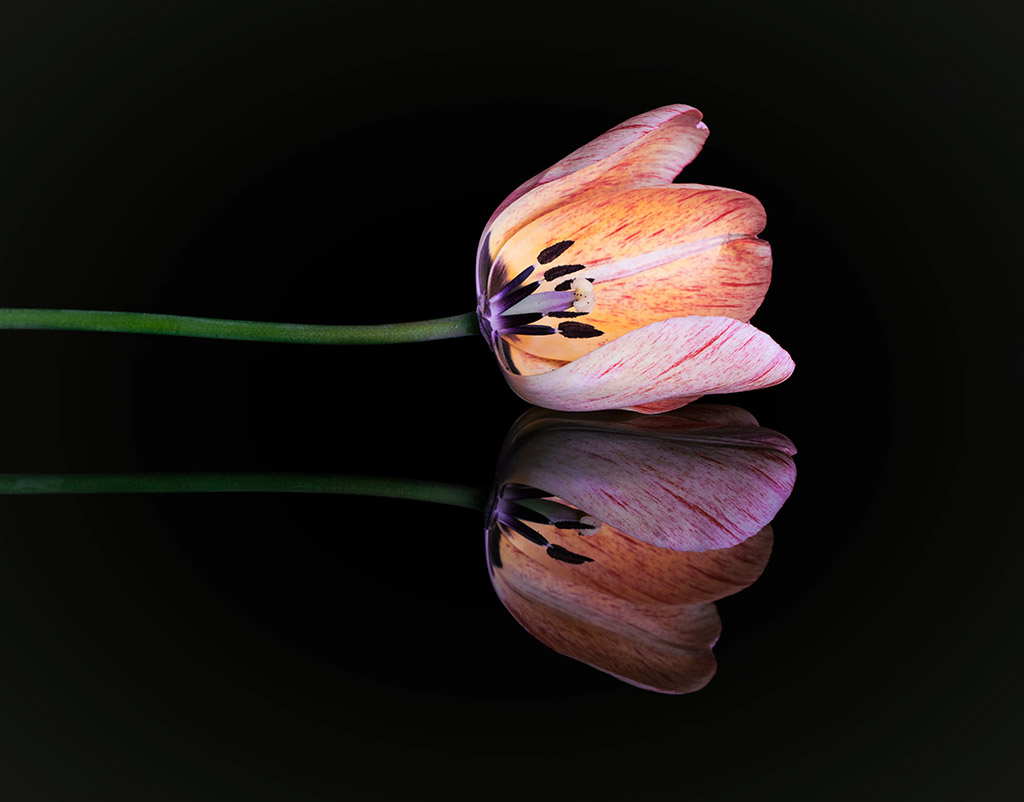
A drop off holly by David Muir, Milngavie and Bearsden Camera Club
Nikon D750,105mm macro, 1/60sec at f/5, ISO 100
A pin-sharp droplet hanging off the edge of a translucent leaf, with an added dose of depth, thanks to the orange orb in the background, results in an image where technical ability and creativity combine to great effect.
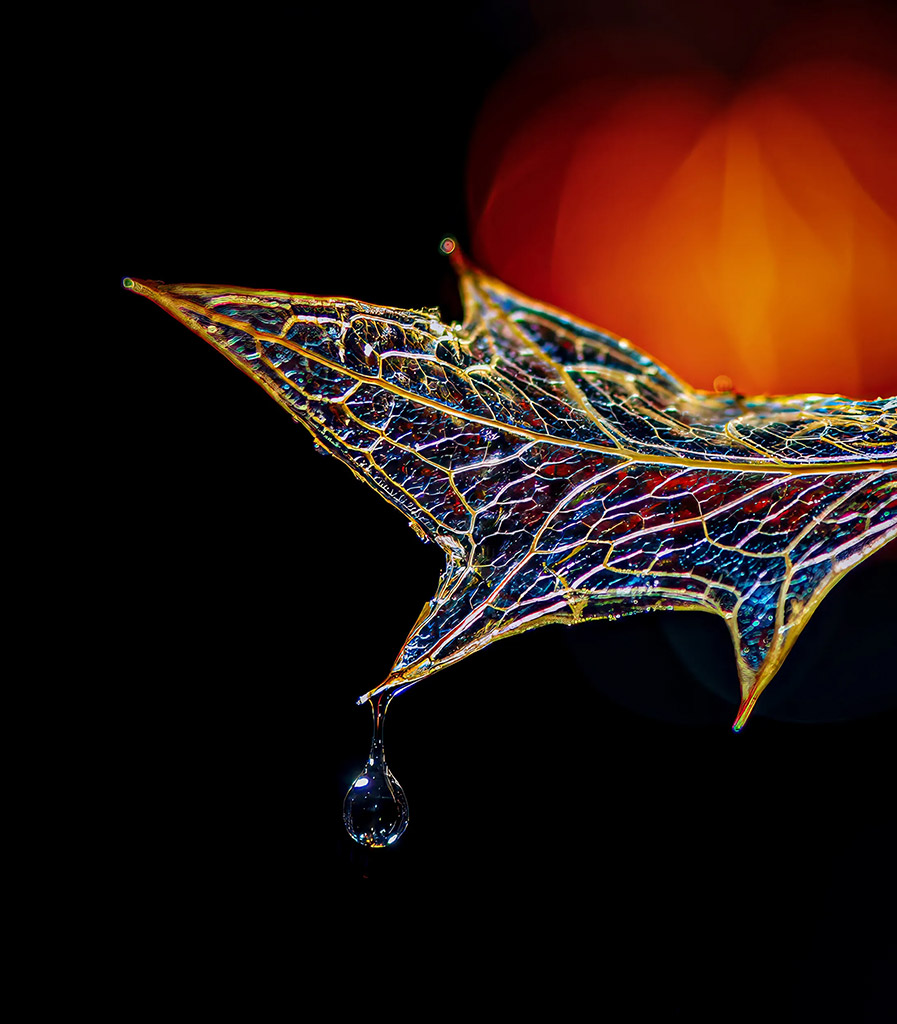
The 2025 International Amateur Photographer of the Year leaderboards after round three, Close-Up and Details

Erika Howard didn’t even feature in the top ten at the end of the previous round, but now she has leapfrogged everyone to the top of the leaderboard, thanks to her stunning frog portrait. The same goes for this round’s Young APOY winner, Ben Hancock-Smith.
The leaderboard in both contests is always quite congested at this relatively early point in the competition, so we look forward to seeing how they both spread out over the coming rounds, as well as who stays in the top ten, and who is yet to make an appearance.
Winning kit from Camera Centre UK
What gear did our top ten photographers use?
In second place, Michele Marini used an OM SYSTEM 90mm f3.5 M.Zuiko Digital ED IS PRO Macro for his shot. This lens offers an equivalent focal length of 180mm, with 1x or 2x macro magnification, inside a lightweight package. It has seven diaphragm blades, and 18 lens elements in
13 groups. It also has six stops of image stabilisation. This lens received five stars when reviewed in AP, and can be purchased at Camera Centre UK for £1,199.
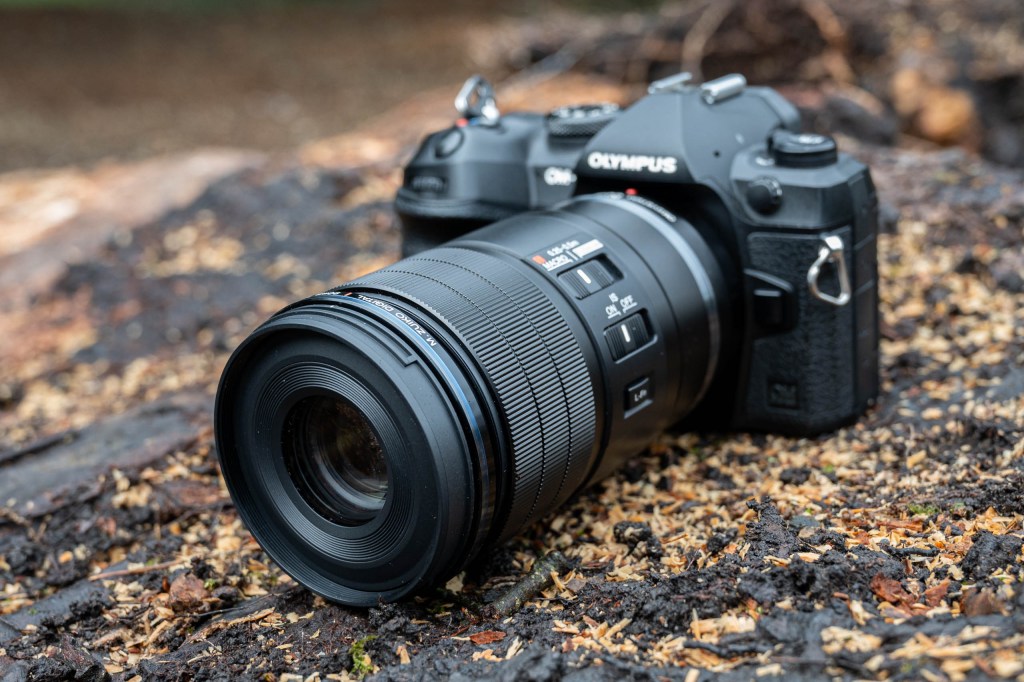
Taking seventh place, Angi Wallace shot her flower still-life using a Sony A7 Mark III. This camera features a 24.2MP BSI-CMOS full-frame
sensor, an ISO range of 100-204,800 (extended), 10fps shooting, 4K video recording and 5-axis in-body stabilisation. Its phase-detection autofocus uses 693 points arranged across 90% of the image area. This excellent camera can be found at Camera Centre UK for £1,499.
In eighth place, David Lain used a Nikon D810 for his excellent snail image. This camera features a 36.3MP FX-format CMOS sensor, ISO 64-12,800 (expandable to ISO 32-51,200), a shooting speed of 5fps and a live view split-screen zoom, which allows users to magnify two separate parts of an image, positioned laterally across the frame. An second-hand example of this excellent workhorse can be purchased at Camera Centre UK for £699.
To see the full range, visit www.cameracentreuk.com
